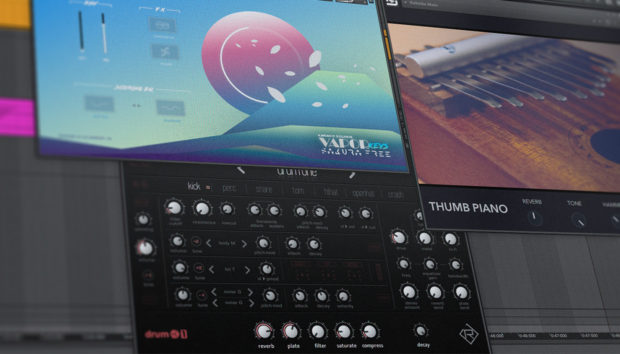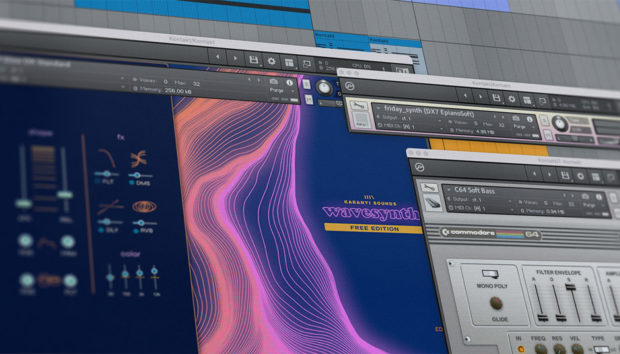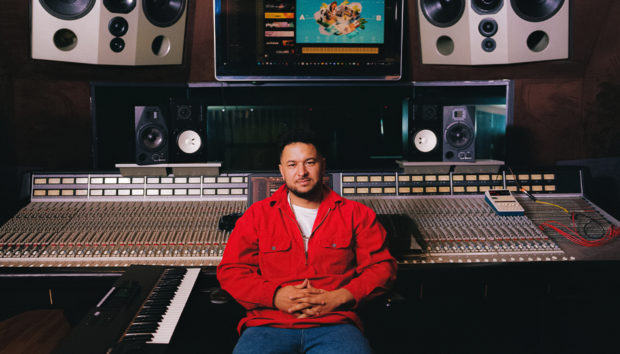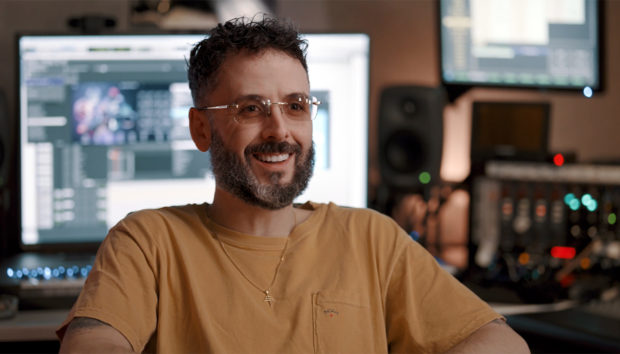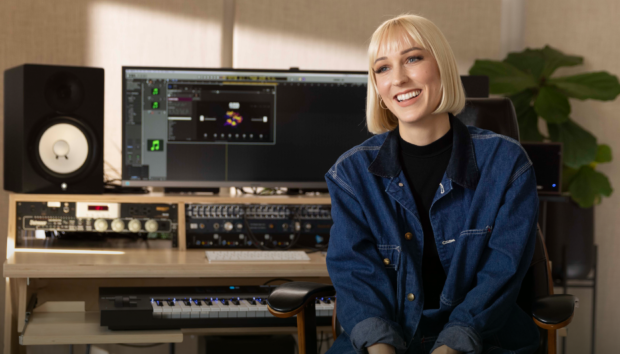Throughout his career, various aliases and multiple styles, there have always been key characteristics that have come to define Diplo’s production and sonic aesthetic. With the release of Diplo Drops, producer, engineer, and force within the educational circuit, Paul Nolan breaks down the key traits to Diplo’s work on behalf of Native Instruments.

1. Vocal chops
One unique aspect of Diplo’s production style is the liberal use of vocal chopping, a simple but effective technique to create rhythmical sequences that also double as hooks in the track to make things memorable
This can be easily done by loading a vocal take into a sampler that has a ‘Slice’ function, such as Ableton’s Simpler. This slices up the vocal into user-defined chunks which can be played sequentially on a MIDI keyboard, either rhythmically or at different pitches to produce unique phrases and passages to take the vocal to another level.
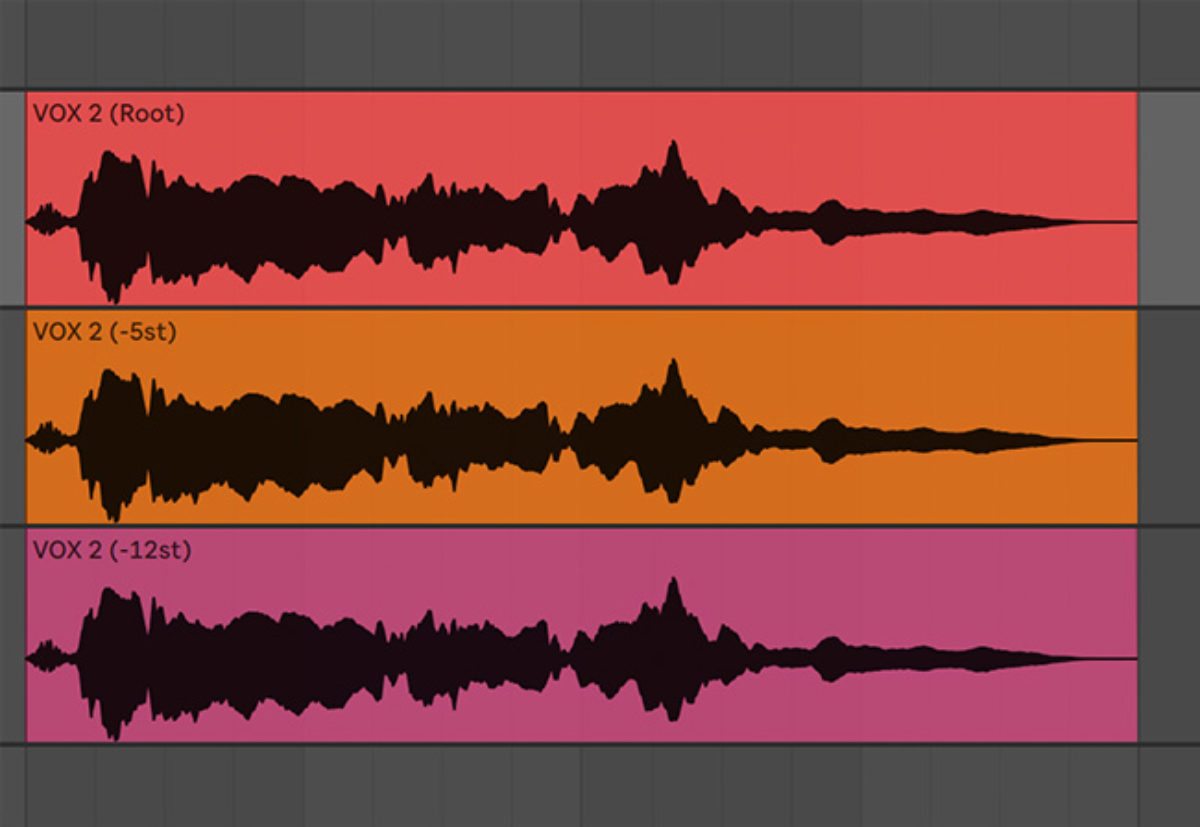
2. Layered vocal processing – manipulated harmonies
Sticking with vocals, another effective technique employed by Diplo is the use of re-pitching vocal takes to create artificial, musical harmonies. This can be used to great effect, by simply layering the original vocal on top of itself multiple times. Then the pitch of each layer can be transposed and mixed to the right levels to create the harmonic effect at musically relevant intervals (+5 semitones, +7 semitones, even whole octaves up and down).
When combined with the above vocal chopping technique and the resampling technique mentioned below, you’ve got some serious power to have your vocals become incredibly impactful and memorable, mostly by tearing them apart.
3. Instrumental anarchy
Diplo is renowned for taking sounds, genres, instruments and vocals into a completely uncharted territory. This anarchic approach allows him to create iconic sounds, by taking one instrument, manipulating it sonically into an almost unrecognizable form, and then redeploying that sound in an entirely new way, in an entirely new context.
Take his use of vocals to create lead ‘synth’ sounds that almost sound like a distorted flute on a few of his most famous tracks. This can easily be done by extreme pitch transpositions of whole vocal phrases and passages, or replayed again via a sampler at much higher pitches, and integrating parameters including pitch-bend, to create interesting real time movements in pitch to create unique melodies.
Try playing a vocal at least 12 semitones (1 octave) higher than the original root pitch, and moving the pitch bend up (or down) at appropriate moments during the flow of the vocal. You might be surprised at what comes out of the speakers. All three of these techniques are no better demonstrated than with Justin Bieber’s voice on ‘Where Are Ü Now’.
4. Extreme reverses
Pushing the boundaries of sound design has always been a key aspect of Diplo’s skillset as a producer. Taking vocals and reversing them, whilst producing extremely long time stretches (to the point where the audio files sounds like it’s going to almost break up completely), can produce drama at intros to tracks, or at the right moments in the lead up to a drop to create a build and release in tension.
Don’t be afraid to cut the end from a vocal phrase, crop it, reverse it and use it over 2-4 bars. Add fades to control the build-up.
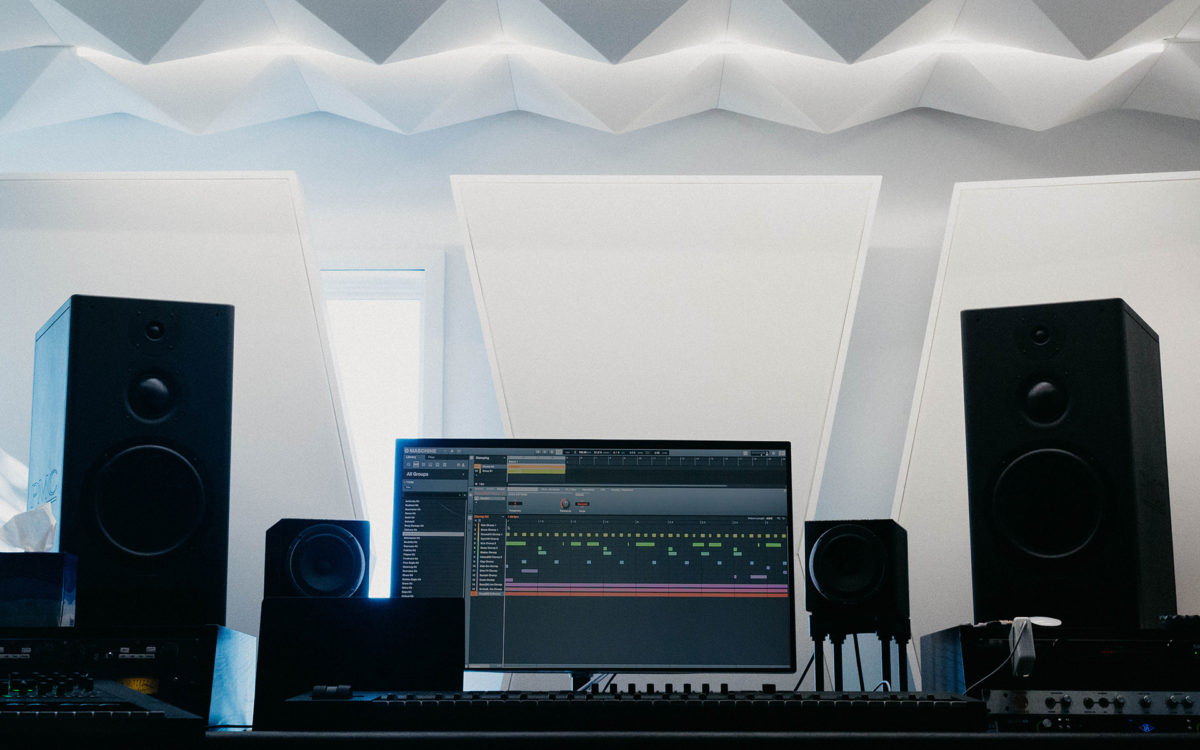
5. Big changes – A/B arrangement sections
One of the biggest aspects of Diplo’s style of production is this ‘2-for-1’ type of approach, incorporating two almost completely irreconcilable arrangements into a cohesive, and epically catchy whole. This can mean jumps in tempo, changes in time signature, and even between genres (more on this below).
This is also a great bluff, as when the track drops, it can sound already quite big, especially off the back of a more musical intro. Then to add even more energy, experiment with changing the drum arrangement into double time, which means the musicality can stay the same, but the pace, energy and tempo goes through the roof, along with the crowd.
Try a drop at 70BPM, switching to a ‘B Section’ at 140BPM for best results. This may also insinuate chopping and changing between genres in the same track. Diplo went back to this technique at the turn of 2018 on ‘Get It Right’.
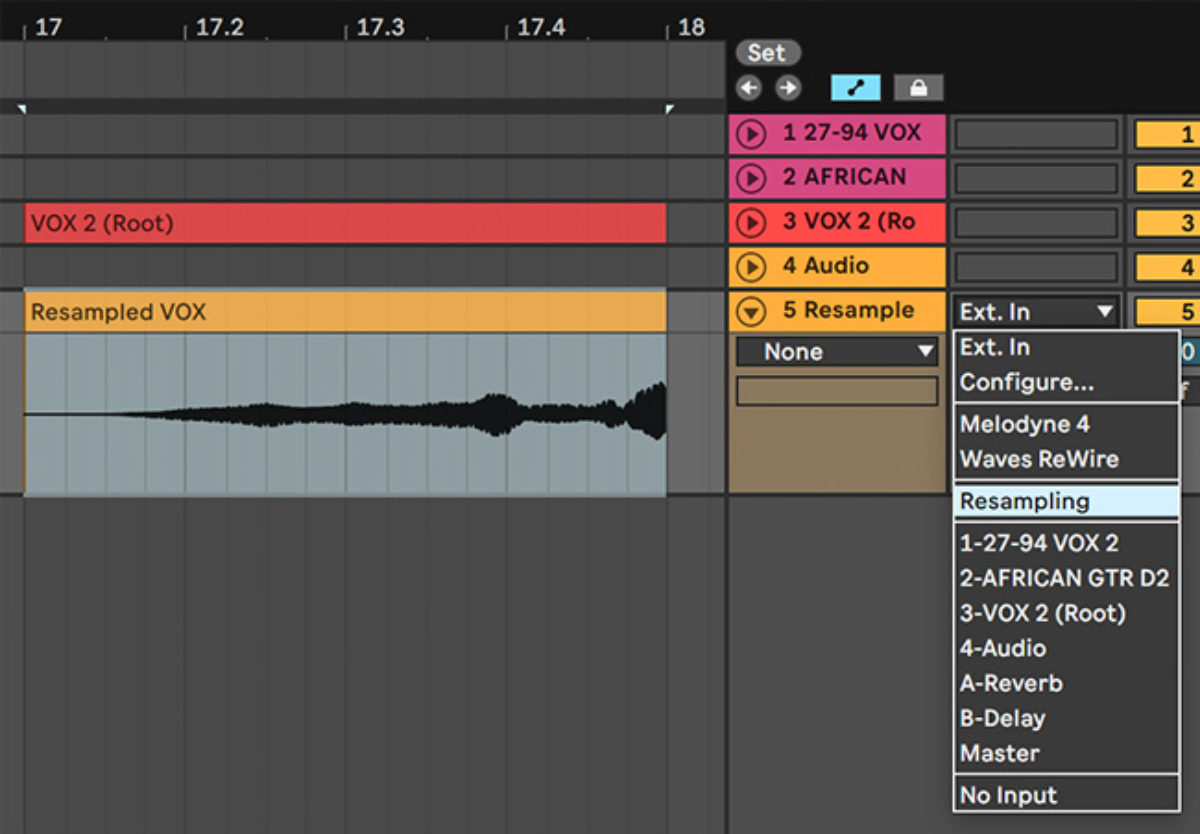
6. Resampling
This is the art of creating sounds, either via MIDI or audio manipulation, and rendering them down into a new audio file, ready for further processing. Most DAW’s now carry features that allow you to ‘Bounce In Place’ (such as Logic & Bitwig Studio) or to easily render these sounds into a fresh audio file ready to be implemented into an arrangement.
Try layering vocals or drum sounds, bounce all of the layers down into a single audio file, and manipulate again – add distortion, re-pitch liberally once again, resample once more and repeat until your sounds are completely unrecognizable and utterly unique
This technique is constantly on display in Diplo records, often to degrade quality as happens on ‘Get It Right’.
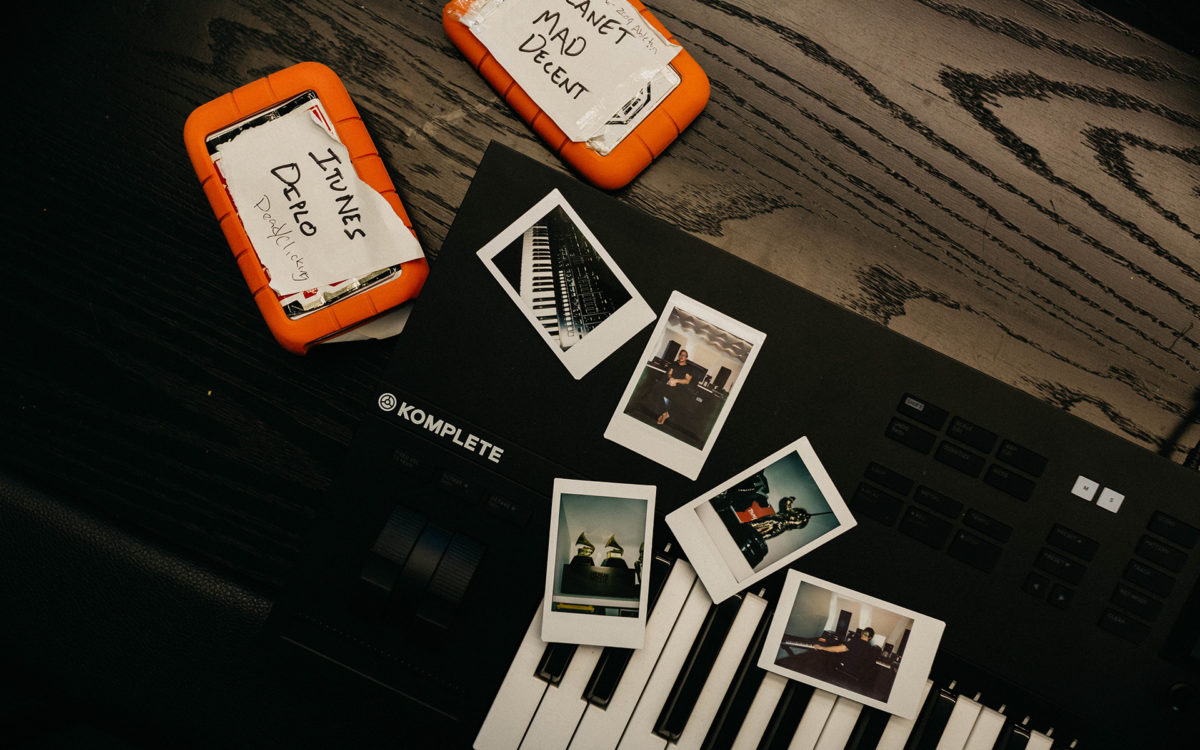
7. Hip-Hop influences
It’s clear Diplo is taking all kinds of influences on board when creating tracks, and his flexible use of genre has become a huge hallmark. However, hip-hop has been a real constant throughout his musical life, and in many of his tracks you can hear iconic giveaways, especially the hi-hat patterns, which when used with classic 909 style sounds, produce an unmistakable flavour of modern hip-hop, which is still flexible to make the leap into more uptempo, 4/4 sections.
Start with a hi-hat firing on every 1/8th note. Then, delete some notes and then change the grid to 1/16ths or use triplets to speed the hi-hats up a give the pattern some life. ‘Welcome to the party’ expertly demonstrates Diplo’s hip-hop sensibilities:
8. Extreme genre splicing
Along with the extreme and yet creative disregard of the supposed ‘appropriate’ use of instruments and where in his productions, the changes in pace and time signature give Diplo a huge amount of options. This includes being more open to extreme juxtapositions of styles to the point where it can actually seem like you’re listening to two tracks in a single song.
Again think of half / double time here. Does your drop at hip-hop speed (around 85bpm) then open you up to a dramatic shift into drum & bass? (around 170bpm)? If so, why not try sudden, sharp changes from one genre to another for a unique song structure?
See Silk City’s ‘Electricity’, where just at the end of the track it flips from disco house music into full-on funk and soul.
9. Off-kilter rhythms
Another technique that screams Diplo is the use of strange, off-kilter rhythms, such as ‘dotted’ or ‘triplet’ notes. These rather more interesting methods divide the bars and beats’ grid into some more interesting note timings, allowing melodies to shift around the grid and become far more interesting as they dance around the core rhythm of the drum track.
Try composing a lead line using a 1/8th dotted grid in your DAW’s Piano Roll. It opens up a whole new world of melodic, rhythmic possibility.











